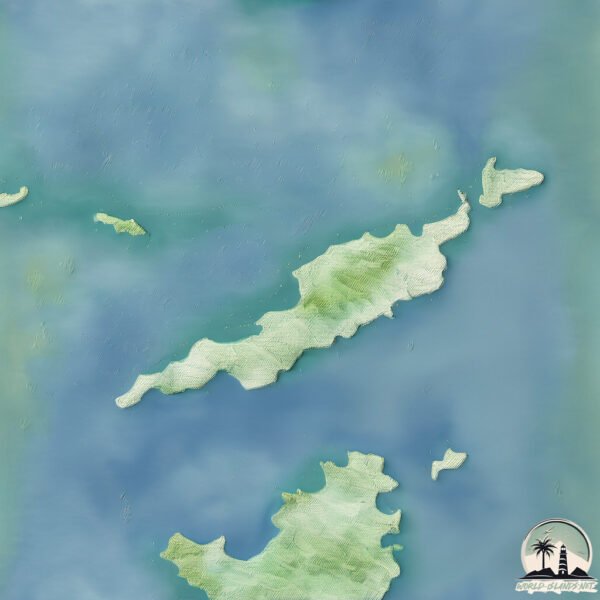Anguilla

Welcome to Anguilla, a Tropical island in the Caribbean Sea, part of the majestic Atlantic Ocean. This guide offers a comprehensive overview of what makes Anguilla unique – from its geography and climate to its population, infrastructure, and beyond. Dive into the details:
- Geography and Size: Explore the island’s size and location.
- Climate and Weather: Weather patterns and temperature.
- Topography and Nature: Uncover the natural wonders of the island.
- Infrastructure and Travelling: Insights on reaching, staying, and making the most of your visit.
- News and Headlines: Latest News.
Geography and size of Anguilla
Size: 73 km²
Coastline: 70.6 km
Ocean: Atlantic Ocean
Sea: Caribbean Sea
Continent: North America
Anguilla is a Medium Island spanning 73 km² with a coastline of 71 km.
Archipel: Lesser Antilles – A long arc of small islands in the Caribbean Sea, stretching from the Virgin Islands to Trinidad, known for their distinct cultures and tropical landscapes.
Tectonic Plate: Caribbean – Covering the Caribbean Sea and surrounding regions, this plate is bordered by the North American Plate and the South American Plate. Known for seismic activity, including earthquakes and volcanic eruptions, and features like the Puerto Rico Trench.
The geographic heart of the island is pinpointed at these coordinates:
Latitude: 18.21488752 / Longitude: -63.05445851
Climate and weather of Anguilla
Climate Zone: Tropical
Climate Details: Tropical Savanna, Wet
Temperature: Hot
Climate Characteristics: Defined by distinct wet and dry seasons with high temperatures year-round. Pronounced rainfall occurs during the wet season, while the dry season is marked by drought.
Topography and nature of Anguilla
Timezone: UTC-04:00
Timezone places: America/La_Paz
Max. Elevation: 51 m
Mean Elevation: 20 m
Vegetation: Cultivated Land
Tree Coverage: 33%
The mean elevation is 20 m. The highest elevation on the island reaches approximately 51 meters above sea level. The island is characterized by Plains: Flat, low-lying lands characterized by a maximum elevation of up to 200 meters. On islands, plains are typically coastal lowlands or central flat areas.
Dominating Vegetation: Cultivated Land
Areas dedicated to agricultural activities, growing crops like grains, vegetables, and fruits. These lands are usually human-modified landscapes. Anguilla has a tree cover of 33 %.
Vegetation: 12 vegetation zones – Exceptionally Diverse Island
Islands with more than ten vegetation zones are among the most ecologically rich and varied in the world. These islands are akin to miniature continents, boasting an incredible array of ecosystems. The sheer range of habitats, from high peaks to deep valleys, rainforests to deserts, creates a mosaic of life that is unparalleled. They are crucial for conservation and ecological studies.
Infrastructure and Travelling to Anguilla
Does the island have a public airport? yes.
Anguilla has a public and scheduled airport. The following airports are located on this island: Clayton J Lloyd International Airport.
Does the island have a major port? no.
There are no major ports on Anguilla. The closest major port is BAIE DU MARIGOT, approximately 11 km away.
The mean population of Anguilla is 184 per km². Anguilla is Moderately Inhabited. The island belongs to United Kingdom.
Continuing your journey, St. Martin/Sint Maarten is the next notable island, situated merely km away.
United Kingdom is classified as Developed region: G7: Group of Seven – Major advanced economies, including Canada, France, Germany, Italy, Japan, the United Kingdom, and the United States. The level of income is High income: OECD.
News – Latest Updates and Headlines from Anguilla
Stay informed with the most recent news and important headlines from Anguilla. Here’s a roundup of the latest developments.
Please note: The data used here has been primarily extracted from satellite readings. Deviations from exact values may occur, particularly regarding the height of elevations and population density. Land area and coastline measurements refer to average values at mean high tide.
